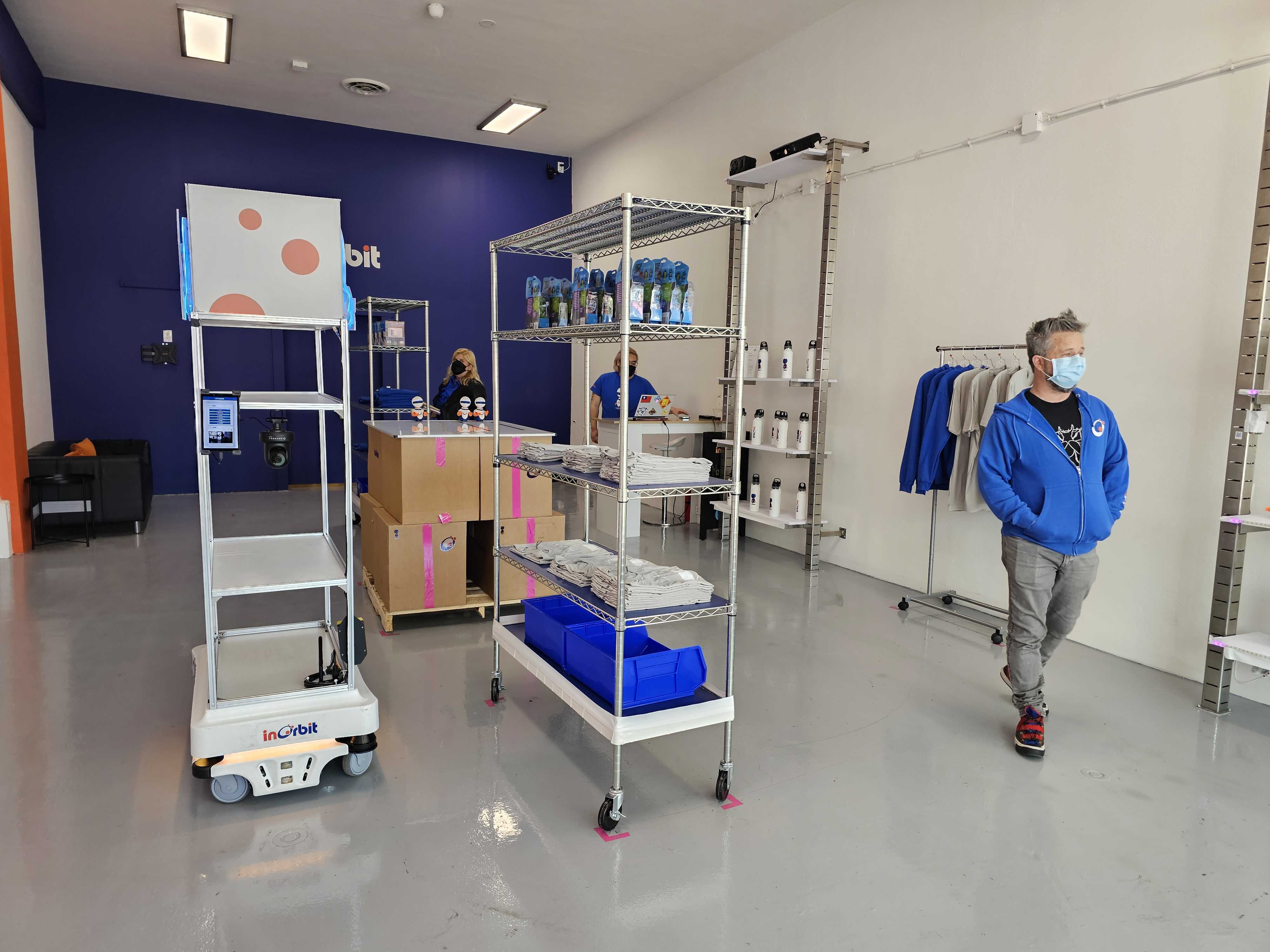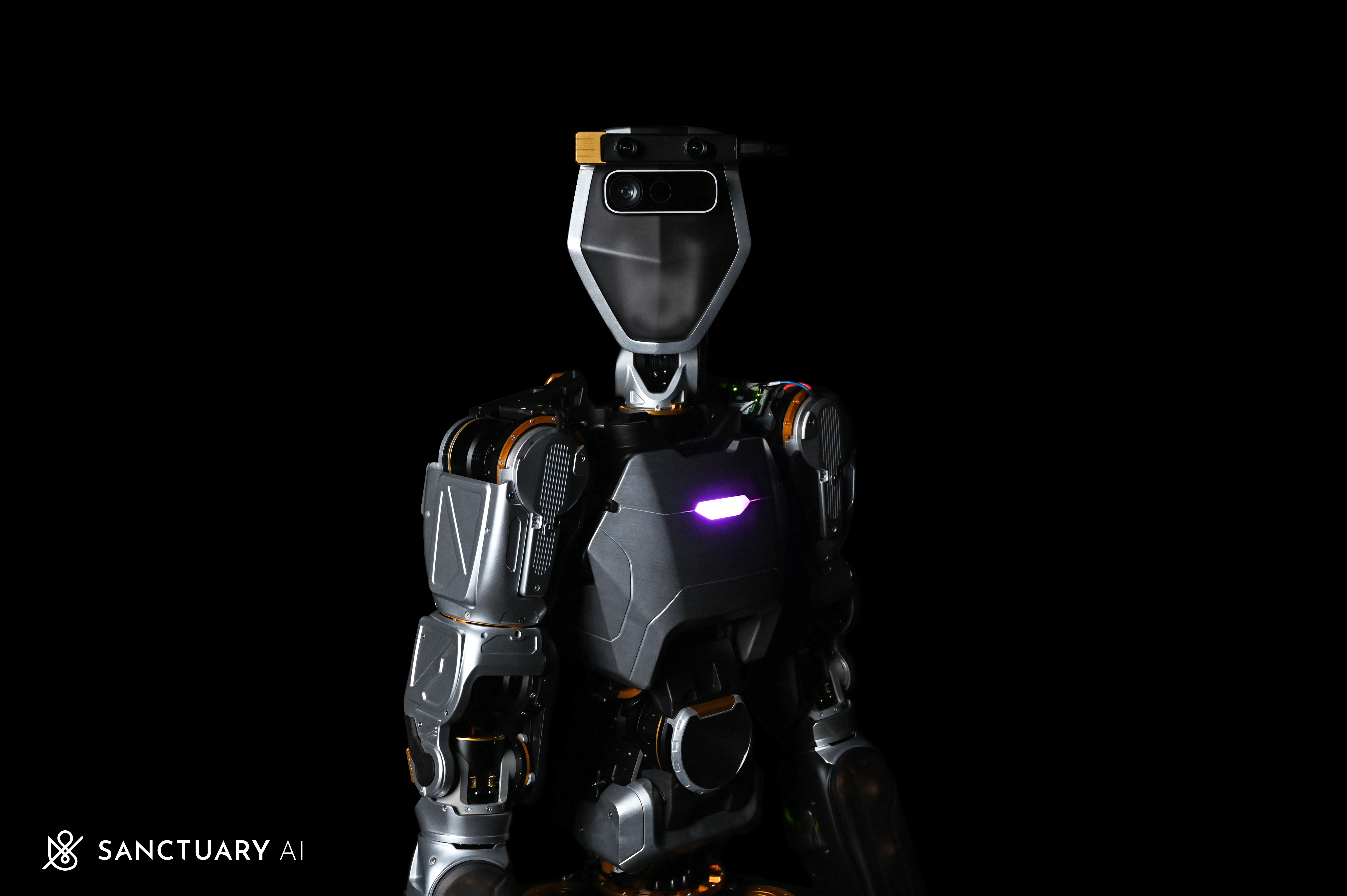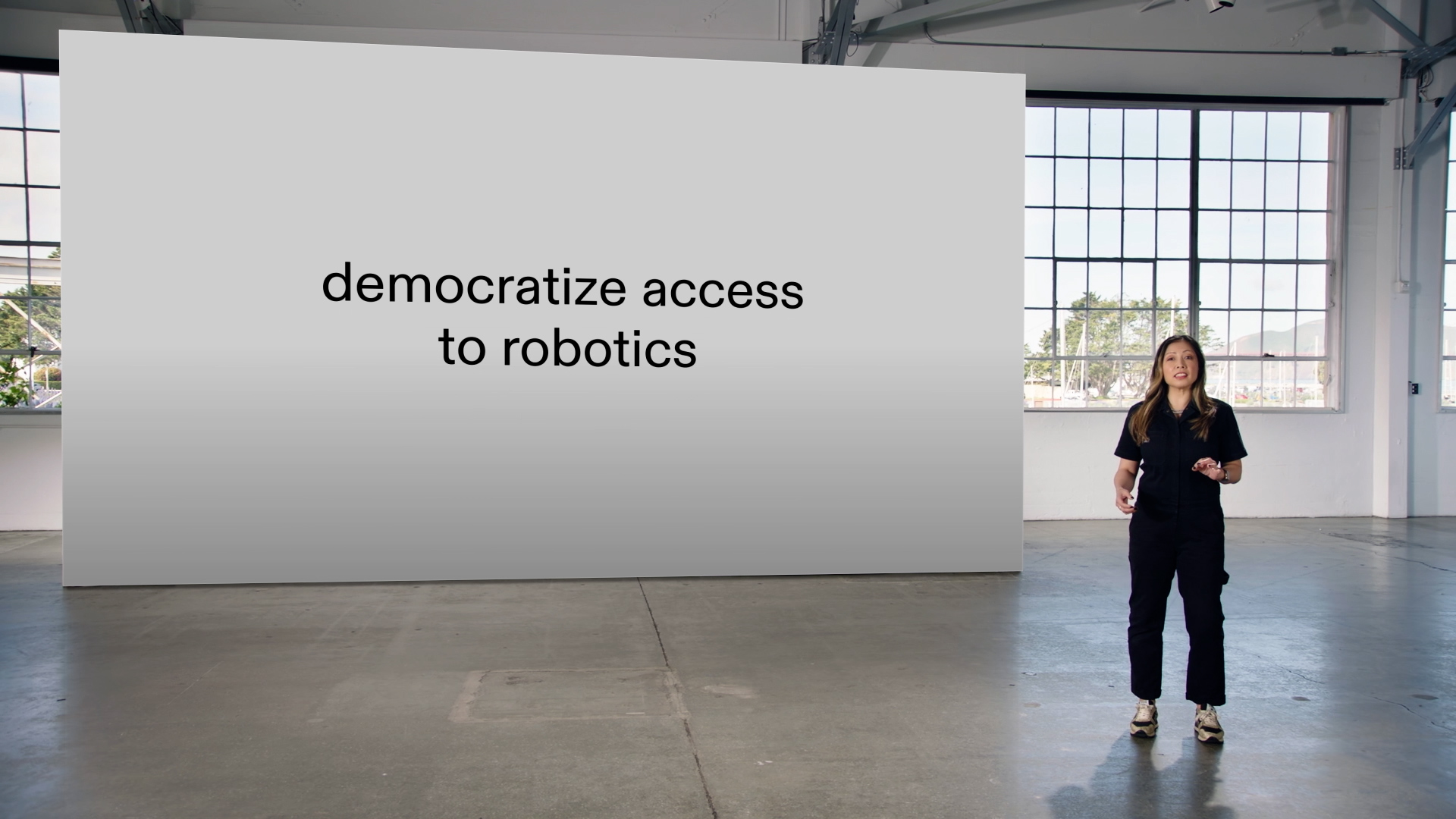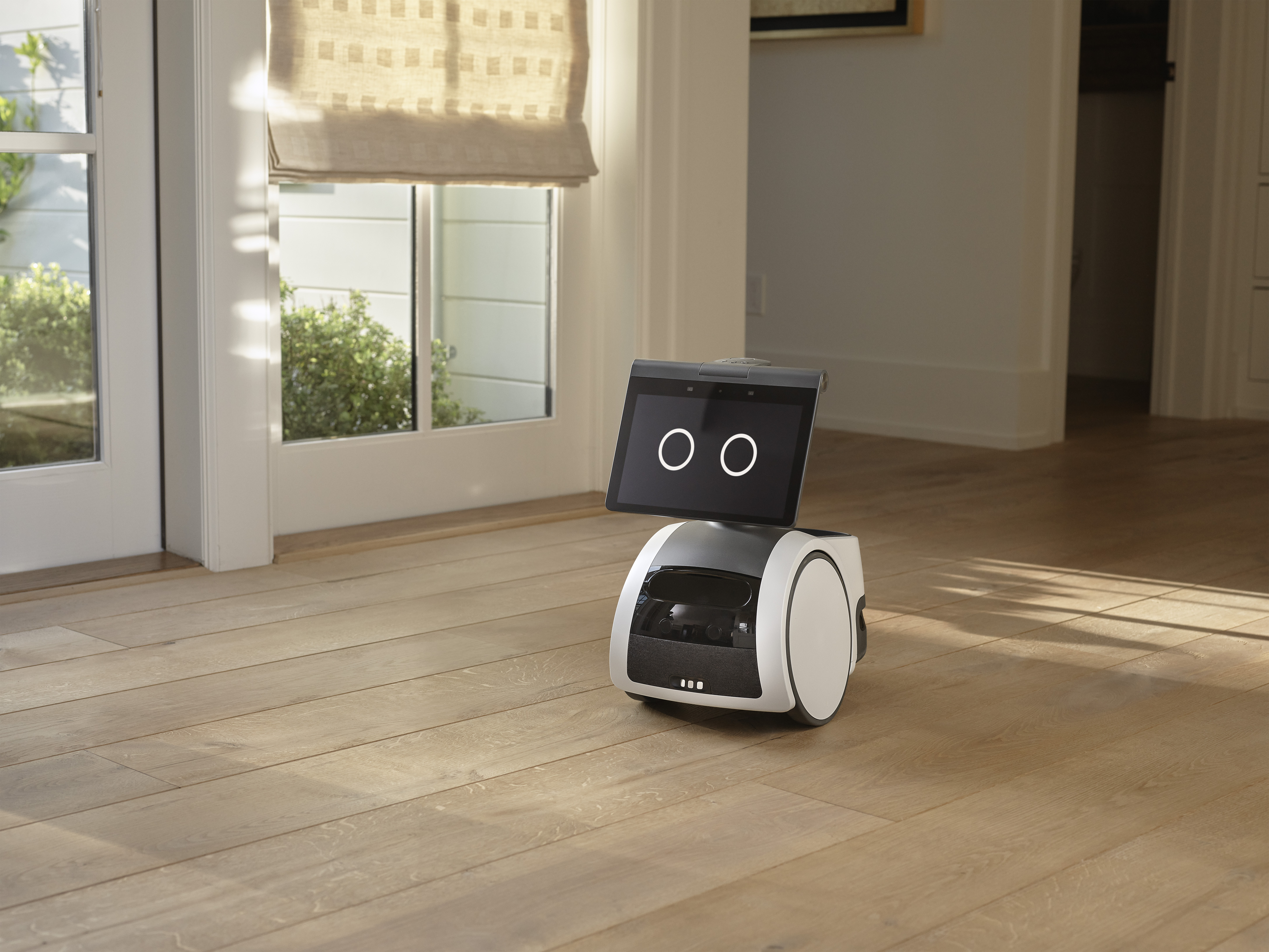Figuring it all out
First and most importantly: I finally hit Delta Silver Medallion for 2024, courtesy of last week’s trip back to the Bay. Like most of you, I came down with a bad case of wanderlust during the lockdown years and couldn’t wait to get back on the road. Suddenly I’m back to pre-pandemic work levels of travel, which is at once great and a complete shock to the system.
On Sunday, I get to go back to JFK for my first trip to Detroit. I’m dreaming of a week where I have time to go to the Motown Museum, the Detroit Institute of Arts and a Tigers game, but I anticipate very little in the way of free time around Automate. ProMat was such a rousing success for myself and Actuator two months ago that this seemed like a no-brainer.
I’ve hardly had time to plan out my show, but I’ve come to appreciate how a good show serves as a great crash course to certain corners of the world. I entered ProMat with a fair bit of knowledge about the robotics industry and came out with insight from the client side: something speaking primarily to startups and investors doesn’t always afford you.
Last week’s issue led with two exclusive interviews, which meant I didn’t have much time to discuss what I was up to in the South Bay. That was probably for the best, given that the week prior was heavily focused on Google. We’ve got some of that in this week’s edition as well, so I hope you enjoyed that momentary respite. We all knew it wouldn’t last.
I carved out some non-Google time during the week as well. On Thursday, I caught up with some old friends for an A’s game at the depressingly deserted Oakland Coliseum (Fisher sell the team) and spent some of the weekend away from technology in Santa Cruz. Tech is all well and good, but sometimes you need to just sit and stare into the ocean and meticulously rethink your life choices, with brief timeouts to play the new Zelda game.

Image Credits: Brian Heater
I also took three meetings in the South Bay. The first was a trip to InOrbit’s storefront in downtown Mountain View. The startup is one of countless in the Bay Area founded by a former Willow Garage staffer. It’s a clever little bit of real-world viral advertising on the main drag, Castro Street, which was converted into a pedestrian-only walkway during the pandemic. From the outside, the space looks like a standard storefront you’d find in the area, except for all the robots spilling out into the street.
I’d walked past it back in February while I was in town for a Toyota Research Institute campus visit. Like everyone, I wondered what was going on inside, but it was late, the store was closed and I was desperately searching for somewhere to eat. My initial suspicions were that it was some sort of center for STEM education. There were plenty of kid-friendly context clues pointing in that direction.
The whole thing is actually one big advertisement for a cloud robotics management platform. The “store” is actually a space in which industrial robots cruise around, akin to what they would do in a warehouse setting. The company has a bunch of shelves set up with merch, and when someone buys a product online from its Square shop, the robot heads over to retrieve it. Meanwhile, you get a visual of InOrbit’s interface and a decent idea of how the system handles interoperability — in this case a couple of different robots from different manufacturers cohabitating in a small space.
Says co-founder and CEO, Florian Pestoni:
We did an event here that involved a lot of the robotics community. It was invite only, but this is downtown, so people saw the activity, they wanted to come in, so we would take turns being the bounce. At one point, one of the people tried to come in and we’re like, ‘sorry, private event.’ He asks what we’re doing. We tell him we orchestrate robots and he’s like, ‘oh, I work at NASA Ames and I’m a roboticist.’ My line is: even the gatecrashers are roboticists.

Image Credits: BEHROUZ MEHRI/AFP via Getty Images
Afterward, I headed north to the 450,000-square-foot PlayStation campus in San Mateo to meet Sony Innovation Fund’s U.S. managing director, Austin Noronha. The firm was a key investor in Agility, but I hadn’t spoken with anyone over there since Digit was making the rounds several CESes ago to promote a Ford deal that appears to currently be dead in the water thanks to the robot’s pivot into the warehouse sector.
The fund also invested in ETH Zurich spinout, Rapyuta Robotics, which, like InOrbit, builds cloud robotics management solutions. It also backed Embodied, the company behind kids robot Moxie, and Botrista, which makes the drink kiosk system, DrinkBot.
The corporate venture angle is always an interesting one. We talked a bit about fellow Agility investor, Amazon’s Industrial Innovation Fund, which is seen as effectively scouting solutions it could someday incorporate into its own workflows. Acquisitions are seemingly on the table, as well, though the company was a lot less upfront about that.
So, what does Sony have to gain in all of this? Per Noronha:
In addition to the capital that we bring now — early and late stage — all of us are deep into the Sony ecosystem internally, so all of the BUs are very well connected. We have the credibility, the outreach into these business units, even though they’re busy. Any of the portfolio companies that have an interest and are ready, we take them into the BUs and help them.… Could be manufacturing. On the fintech side, we have a company called Arkose Labs, which is authentication. PlayStation has adopted them, which is a huge thing for the company.

Image Credits: Figure
I spent a good deal of Friday morning at Figure’s Sunnyvale HQ. It’s a nondescript office building situated among the office parks. There’s no signage on the outside just yet, owing to various ordinances that need adhering to. Inside, there’s a large robotics cage made to look like a warehouse. That area has thus far gone unused — that’s largely because the company is only celebrating its first birthday this Saturday.
To commemorate the occasion, the young startup is pushing to get the Figure 01 humanoid robot up and walking before then. I recommend checking out the full piece, and not just because I wrote it (mostly that, but not entirely). It’s a fascinating and ambitious company in a hot but largely unproven category.
“We would like to build this out for the big game,” founder Brett Adcock told me. “The next 20 or 30 years. That would start here, doing basic stuff in the world, and then from there getting into more things through an over-the-air software update. So, can load a truck. It might be palletizing and restocking shelves and cleaning floors. Then it can ultimately go into manufacturing into retail, and then over time, maybe 15 years from now it can care for the elderly and do things that are important.”

Image Credits: Sanctuary AI
One of their chief competitors, Sanctuary AI, unveiled its own humanoid this week. The 5’7″, 155-pound Phoenix is capable of lifting 55 pounds. It’s set to follow previous generations with some real-world piloting.
“We designed Phoenix to be the most sensor-rich and physically capable humanoid ever built and to enable Carbon’s rapidly growing intelligence to perform the broadest set of work tasks possible,” co-founder and CEO Geordie Rose said in a prepared statement. “We see a future where general-purpose robots are as ubiquitous as cars, helping people to do work that needs doing, in cases where there simply aren’t enough people to do that work.”

Image Credits: Intrinsic
As for the Google thing I alluded to at the top, this was a big week for Alphabet X graduate, Intrinsic, which just launched Flowstate. The platform is designed to help nonroboticists build workflows and iterate on systems.
“Our first product is a solution builder,” CEO Wendy Tan White told me. “With Intrinsic Flowstate, what we’re saying is, you can design it, build it and deploy it. We’re very aware the world is still early in the skills available. They can be put together in this workflow that we’re offering. We’re also going to allow [third-party] skills to be available, too. We want the broader ecosystem to start to be involved. One of the advantages of coming out of Alphabet is some of the more sophisticated skills like vision and force feedback where you require some machine learning or even deep reinforcement learning. We’ve been able to create some of those skills as well. What you’ll find in Flowstate is not just the solution builder itself, but a library of skills, some of which don’t exist or are not easy to access today.”
We also go into a bit of detail around how the company was impacted by layoffs and restructuring, as well as how the relatively recently acquired Open Robotics plays into all of this.
“What we’ve done with the acquisition is the core engineering team that used to work under OSRF (Open Source Robotics Foundation) is now working at Intrinsic,” says Brian Gerkey, the Open Robotics CEO who now serves as the director of Open Robotics at Intrinsic. “You should think of Intrinsic as perhaps one of the more important, but really just one player within the ROS ecosystem. We happen to employ a bunch of engineers and we’ve committed to supporting them to develop and contribute back to the ROS community.”

Image Credits: Amazon
Speaking of corporate shakeups, things are looking a little less rosy at Amazon’s consumer robotics division. As the company’s proposed iRobot acquisition remains suspended in amber due to all the regulatory scrutiny, consumer electronics VP Ken Washington is marking his last day as we speak, leaving to “pursue an external opportunity.”
I’ve met with the former Ford CTO several times over the years. He’s been a big advocate for consumer robotics generally and Astro specifically. The news arrives after reports that the company is looking to upgrade the robot with generative AI features that would bolster the conversational skills of a system that currently communicates like R2-D2.
Washington noted during our conversation at last year’s Re:Mars:
We were really thinking about what would be true in the next 5 to 10 years in robotics. Is there going to be a robot in every home? We thought so, so we got to work on it. No one had pulled it off before. People had tried, but they couldn’t get the price point right or the functionality right, so we knew we had to do a lot of invention to get the economics and the functionality right. Integration with Alexa just came along as a natural thing to do.
Amazon, meanwhile, insists that it remains committed to the little robot.
Calling all early-stage startups! Apply to join the Startup Battlefield 200 cohort at TechCrunch Disrupt 2023. All finalists get expert training, VC networking, a booth at Disrupt, and the chance to compete for $100,000 in equity-free funds. Applications close May 31. Apply today.


Image Credits: Bryce Durbin/TechCrunch

